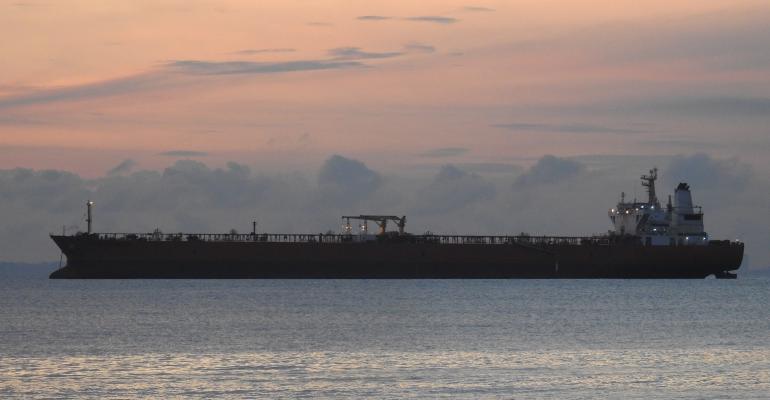Cargoes are moving mainly out of ports in the west, the Oslo analyst said, with exports from these loading terminals accounting for about two-thirds of the total. Rystad suggested that this could mean Russia had decided to focus on export markets in Asia, redirecting oil previously pumped to Europe through the Druzbha pipeline. However, the analyst also cautioned that it could be too early to draw definitive conclusions.
The Oslo analyst estimates that Indian imports of Russian oil climbed to an average 1.2m bpd in December, up from 0.95m bpd in the previous month. The urals blend from western ports is currently selling at $40-45 a barrel, a discount of about 50% to the Brent crude benchmark, which added more than a dollar yesterday to around $87.
The extra volumes are good news for tanker owners because the voyages to Asia via Suez are lengthy and boost tonne-mile demand. Both Suezmax and Aframax rates rose substantially last week after a poor first week of the year, according to figures from Clarkson Research. However, the impact of higher Russian exports from western ports is hard to gauge as many deals are concluded off market.
Single-voyage rates for a typical scrubber-fitted Suezmax rose more than 30% last week, compared with week one, to more than $80,000 a day, with non-scrubber vessels up by a similar margin. Single-voyage rates for Aframax tankers were more variable but average earnings were broadly higher and in line with larger Suezmax units.
Listen to the Seatrade Maritime Podcast on the outlook for the tanker market in 2023
The impact of the European Union embargo and the G7 price cap on Russian crude has not been as devastating as some predicted, according to Rystad, which puts the losses at about 500,000 bpd. The resilience of the country’s exports is a result of a build-up of tankers by Russia. The share of tankers shipping Russian oil and depending on Western services was down from around 60% in the northern hemisphere summer but still about 30% after the embargo was introduced on 5 December, Rystad has estimated.
Identifying the final destinations of Russian oil is tricky, however. Rystad says that according to available data last week, about a quarter of cargo movements remain unidentified. In weeks 51 and 52 of last year, the receivers of about 300,000 bpd of Russian oil were not known.
Copyright © 2024. All rights reserved. Seatrade, a trading name of Informa Markets (UK) Limited.
Add Seatrade Maritime News to your Google News feed.  |

